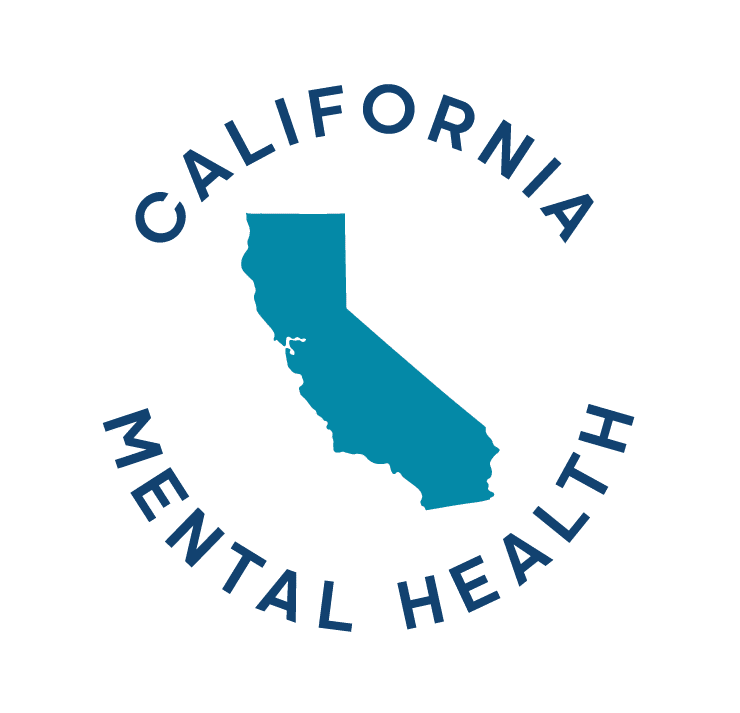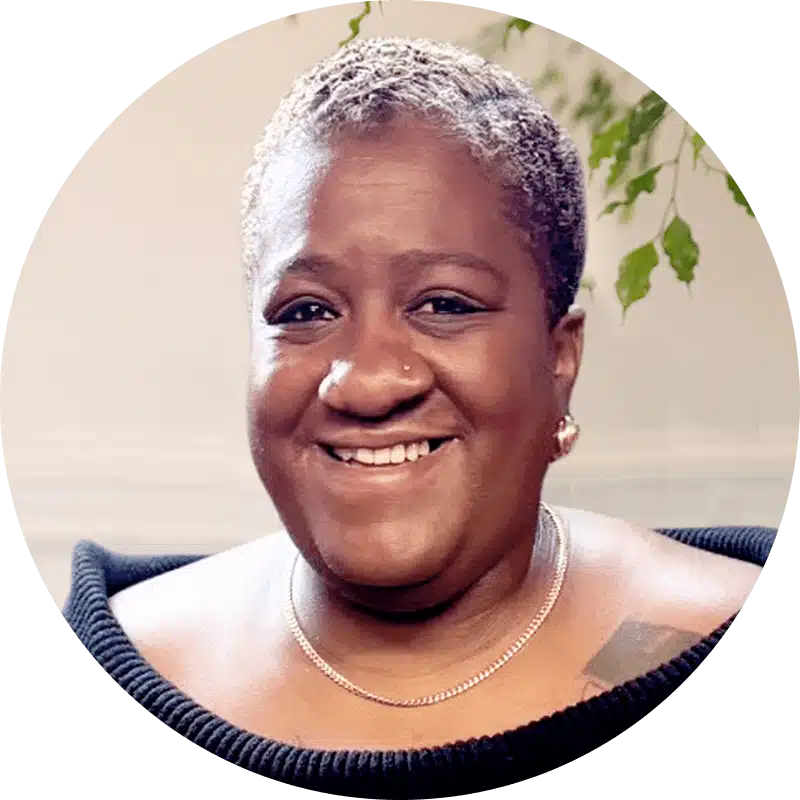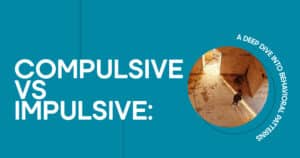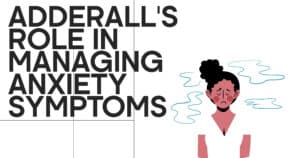Anxiety and depression, you’ve probably heard those words thrown around all the time. But if you’ve ever had to live with either one, you know they’re more than just buzzwords. These two mental health challenges are some of the most common out there, and while they can overlap, they’re definitely not the same thing.
They often show up together, but they have different emotional roots. One pushes you into panic mode, while the other drags you under emotionally. In this article, we’ll look at the symptoms, emotional patterns, how they mess with your day-to-day, and which coping strategies or treatment options might actually help.
We’ll also get into why stress management can change your entire experience with these mood disorders. Let’s get started.
Defining Anxiety and Its Symptoms
Anxiety is basically your brain and body reacting to something it thinks is a threat. And sometimes, that threat doesn’t even exist. It entails more than just being a little nervous. It’s like your system goes into emergency mode for no solid reason.
Here’s what that might look like:
- You’re constantly on edge, almost like you’re waiting for something bad to happen
- Your heart’s racing, and not in a good way
- Breathing gets tricky, even if you’re just sitting still
- Your brain won’t stop running in circles
- You sweat or shake, even when nothing’s really wrong
- Sleep is either hard to start or impossible to maintain
Now, when we’re talking about anxiety vs depression, this is where things start to split. Anxiety’s all about fear, usually of the future. You’re stuck in what-if mode. Depression, though, usually pulls from the past or the pain you’re feeling right now.
Spotting these signs early is key. Left unchecked, anxiety can blow up into panic attacks or even a diagnosed condition like generalized anxiety disorder (GAD). And once that starts rolling? It gets harder to untangle without support.
Understanding Depression and Its Indicators
Depression can sometimes feel like living in emotional quicksand. Here are some red flags:
| Common Signs of Depression | Description |
| Deep sadness or numbness | A lingering emotional heaviness that doesn’t go away |
| Loss of interest | Hobbies or activities you once loved no longer feel enjoyable |
| Constant exhaustion | Feeling tired even after a full night’s rest |
| Sleep disruption | Trouble falling asleep or sleeping too much |
| Appetite changes | Eating far less or much more than usual |
| Guilt or worthlessness | Feeling overwhelmed by shame or like you’re not good enough |
| Trouble thinking or deciding | Difficulty focusing, thinking clearly, or making everyday choices |
People often say depression feels like being stuck in a fog. You know what you should do – get out of bed, check in with people, take care of responsibilities, but your body and mind are just frozen.
The downside is that sometimes individuals can have both. A lot of people do. It’s not rare to feel anxious one day and emotionally flatlined the next. These mood disorders don’t always play fair, and they definitely don’t take turns.
Commonalities Between Anxiety and Depression
These two disorders aren’t opposites. There can be an overlap, and that can make figuring out what’s really going on pretty confusing, especially if you’re trying to self-diagnose.
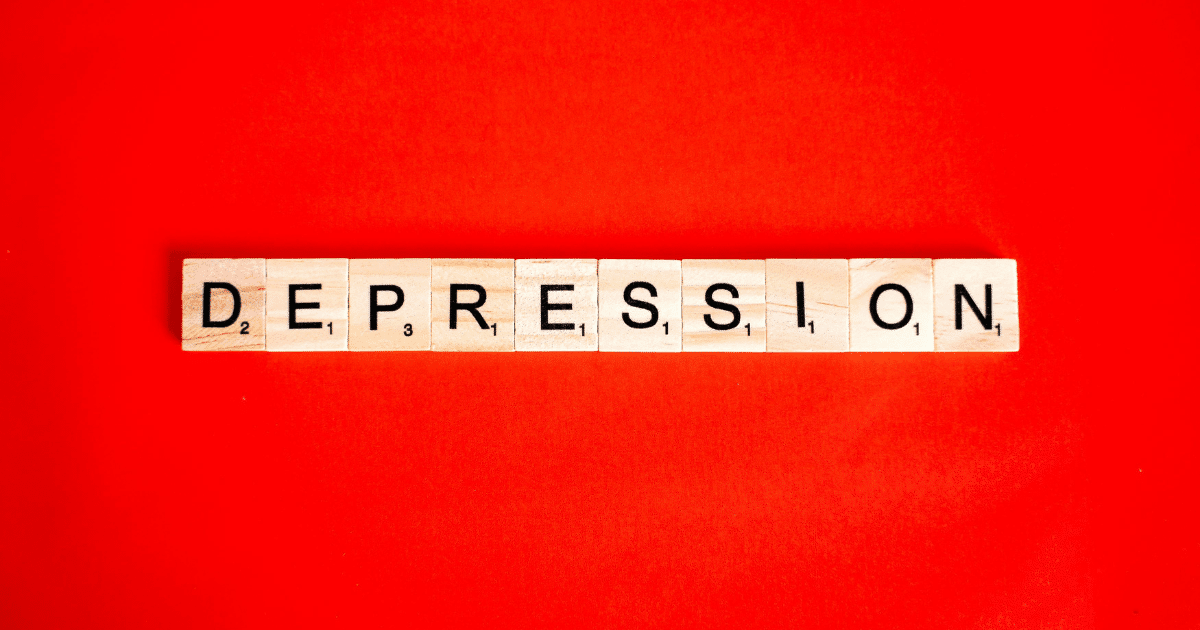
So what do they share?
- Constant tiredness. Whether it’s nerves or sadness draining you, fatigue is a common side effect
- Sleep problems. Some can’t sleep, some sleep all day, both can show up in either condition
- Mental sluggishness. Your thoughts get cloudy, decisions feel harder, memory slips
- That stuck feeling. A mix of fear and hopelessness can leave you feeling trapped in your head
- Physical symptoms. Yes, your body reacts too, think headaches, muscle aches, stomach issues
So yeah, if you’re nodding along to more than one bullet point on both lists? You’re not weird, you’re just human. These aren’t always neat, separate boxes. They blur. That’s why working with a mental health provider is a good idea, they can sort out what’s what and recommend what helps.
Unique Triggers of Anxiety and Depression
Now let’s dive into what actually sets these conditions off. Because while they sometimes look similar, the things that trigger them can be wildly different.
For anxiety, you’ll often find triggers like:
- Future fears. Presentations, interviews, big decisions, they can all send your brain into overdrive
- Uncertainty. Sudden changes or the unknown can feel like losing control
- Being judged. Social stuff, criticism, awkward situations, they’re like fuel for anxious thoughts
Depression, meanwhile, often comes from:
- Loss or trauma. Losing someone, painful memories, or emotional wounds that never quite healed
- Low self-worth. Always feeling like you’re not measuring up can eat away at your resilience
- Never-ending stress. Ongoing money issues, tough relationships, chronic illness, it adds up
Noticing what your triggers are is a huge step. Once you start picking up on patterns, you can build better coping strategies, set boundaries, and actually start changing how you respond when things feel out of control.
Impact on Daily Life and Functioning
Here’s something that doesn’t get talked about enough: how much these issues affect your regular life. Not the dramatic breakdowns, but the little, everyday things that stop feeling manageable.
If anxiety is running the show, you might start:
- Avoiding social events, even with close friends
- Dodging tasks at work that feel overwhelming
- Putting off simple errands because they feel “too much” today
With depression, it can look like:
- Completely pulling away from people, even those you love
- Losing interest in everything you used to look forward to
- Struggling to get out of bed, eat, shower, or just show up at all
The deeper problem? Your brain starts misfiring on basic functions. Motivation disappears. Focus is gone. Emotional resilience becomes thin to none. You’re not “just tired” or “lazy”; these mood disorders are impacting your brain chemistry.
And that’s why treatment isn’t just about “feeling better.” It’s about getting your life back.
Therapeutic Approaches for Anxiety and Depression
There’s no single solution, but there are a lot of tools that work, especially when you mix and match to fit your needs.
Here are some proven treatment options:
| Therapy Type | Description |
| Cognitive Behavioral Therapy (CBT) | Helps you identify unhelpful thought patterns and replace them with healthier ones. Effective for both anxiety and depression. |
| Exposure Therapy | Commonly used for anxiety. Gradually helps you face specific fears in a safe, controlled way until they become less overwhelming. |
| Dialectical Behavioral Therapy (DBT) | Focuses on emotional regulation, distress tolerance, and improving relationships. Ideal for people who feel emotionally overwhelmed. |
And yes, medication can help. Antidepressants or anti-anxiety meds don’t “cure” you, but they can stabilize things enough for you to work on the root issues. When combined with therapy? Way more effective.
For people looking beyond medication and talk therapy, there are holistic routes too. Things like yoga, breathing techniques, or meditation help regulate the nervous system and improve emotional wellbeing.
And don’t overlook mindfulness. Learning to sit with your thoughts without spiraling is a game-changer.
Coping Strategies and Support Systems at CA Mental Health
Here at California Mental Health, we understand that living with anxiety, depression, or both isn’t just hard. It can feel isolating, exhausting, and sometimes like there’s no end in sight. But support makes a difference.
Here are a few real-world coping strategies that our clients often find helpful:
- Keep a loose routine. It doesn’t have to be rigid. Just enough structure to ground your day and avoid total chaos.
- Don’t go it alone. Stay connected with people who care. Even a five-minute call or voice message can lift your mood.
- Set small, realistic goals. Don’t aim to “fix everything” by next week. Take it one task at a time.
- Practice mindfulness. Just a few minutes of being present, whether it’s deep breathing or sipping tea quietly, can interrupt the mental noise.
- Move, even a little. No gym required. Dance in your room, stretch, walk around the block; movement helps your brain rebalance itself.
Dealing with Anxiety and depression isn’t about “being strong.” It’s about learning to understand yourself, your triggers, and what helps you function better. And sometimes, having the right support team behind you makes all the difference. If you’re feeling drained, like you’re just treading water, contact California Mental Health. We’re here. You don’t have to figure this out on your own.
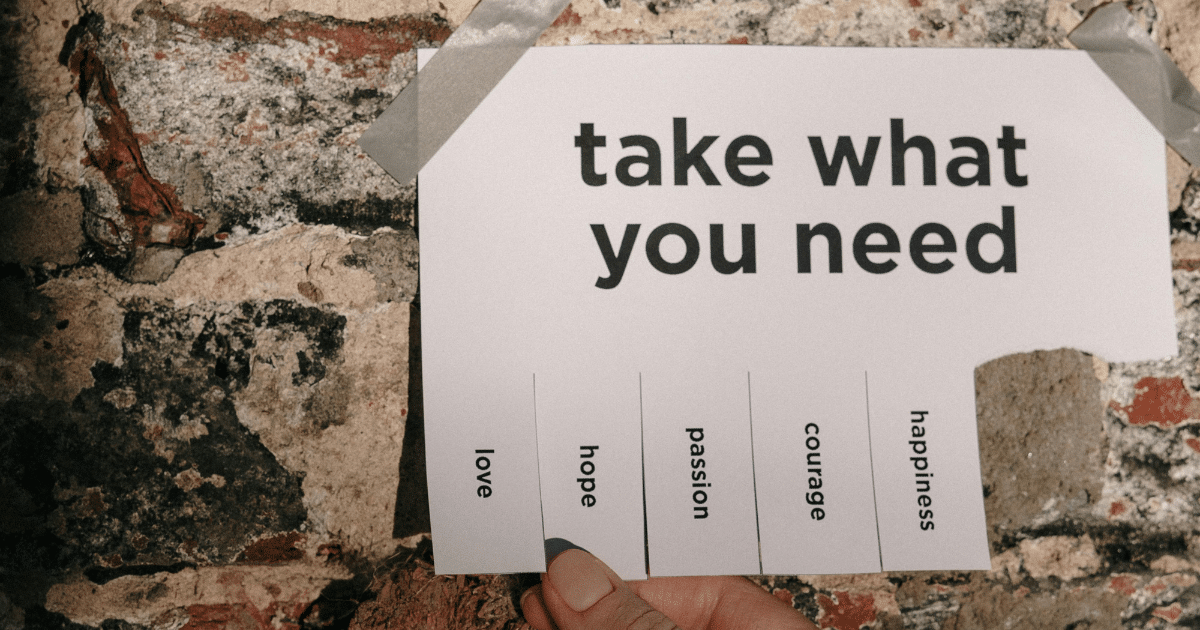
FAQs
What are the key symptoms that differentiate anxiety from depression in mood disorders?
Anxiety is mostly about fear and restlessness, like constant worrying, racing thoughts, and physical tension. Depression is more about emotional heaviness, lack of motivation, and feeling hopeless or disconnected.
How can stress management techniques improve emotional well-being in individuals with anxiety or depression?
Simple techniques, like journaling, deep breathing, or taking daily walks, can lower tension and bring your nervous system back into balance. This supports better moods and overall emotional well-being.
What are effective coping strategies for managing anxiety and depression symptoms?
Routines, connection with others, movement, mindfulness, and breaking big tasks into tiny pieces are all practical tools. They won’t fix everything overnight, but they add up over time.
What treatment options and therapies are available for those suffering from anxiety and depression?
There’s no one-size-fits-all, but therapies like CBT, DBT, and exposure therapy can help. Medications can also play a role. A personalized plan created with a mental health provider works best.
How can lifestyle changes impact mood disorders and support emotional wellbeing?
Eating regularly, sleeping enough, and surrounding yourself with supportive people can seriously shift your brain chemistry. Small changes, done consistently, often lead to long-term improvement in mental health.
